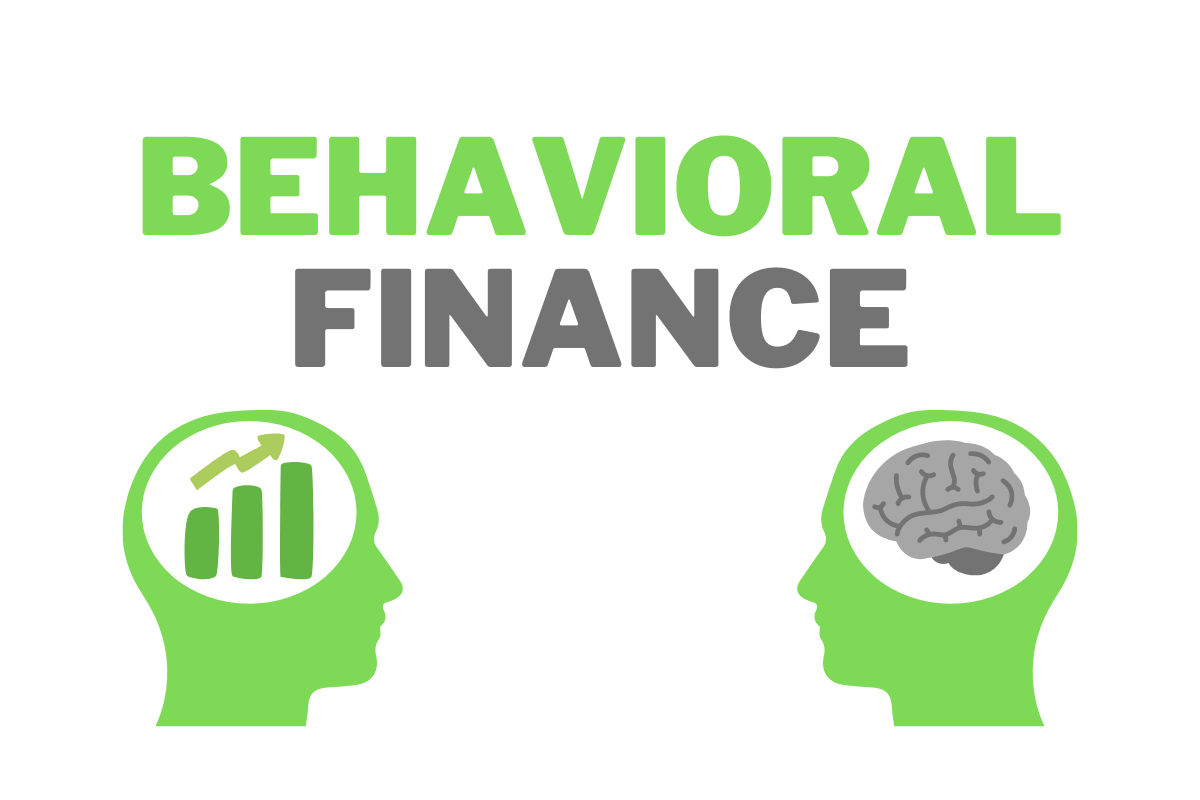It would be nice if investors and markets moved solely based on fundamental economic and financial analysis of businesses, but at times, investors appear to lack self-control, act irrational, and make decisions based more on personal biases than facts.
Read more about Finance
This article focuses on explaining why investors often appear to lack self-control, act against their own best interest, and make decisions based on personal biases instead of facts. It uses experiments and research to demonstrate that humans and financial markets are not always rational, and the decisions they make are often flawed.
There are five main key concepts to behavioral finance.
1. Mental accounting– Mental accounting refers to the propensity for people to allocate money for specific purposes.
2. Herd behavior – Herd behavior states that people tend to mimic the financial behaviors of the majority of the herd. Herding is notorious in the stock market as the cause behind dramatic rallies and sell-offs.
3. Anchoring – Anchoring refers to attaching a spending level to a certain reference. Examples may include spending consistently based on a budget level or rationalizing spending based on different satisfaction utilities.
4. Emotional gap – The emotional gap refers to decision-making based on extreme emotions or emotional strains such as anxiety, anger, fear, or excitement. Oftentimes, emotions are a key reason why people do not make rational choices.
5. Self-attribution: it refers to a tendency to make choices based on overconfidence in one’s own knowledge or skill. Self-attribution usually stems from an intrinsic knack in a particular area. Within this category, individuals tend to rank their knowledge higher than others, even when it objectively falls short. Self-attribution explains the investments made by the investors based on/ her research and knowledge in the subject.
Behavioral finance also helps reveal certain types of bias, such as:
- Confirmation bias:
Confirmation bias describes an investor’s or individual’s tendency to easily accept information they already believe to be true. This usually means that an individual finds extra reasons to prove their preconceived idea rather than conducting accurate research.
Sign up to the Connect Nigeria daily newsletter
- Loss aversion:
Loss aversion occurs when an investor places more value in avoiding risks than they do gaining money. This bias type encourages them to only make safe decisions in which there is little or no risk that they can lose money. In investing practices, loss aversion can ensure that investors keep certain assets even when they may lose money from them, because they want to make the original amount they paid for the asset before reselling it.
- Familiarity bias:
Familiarity bias describes the tendency for individuals to only invest in companies or assets that they already know, preventing them from taking risks or participating in innovative investments.
Benefits of behavioral finance
- Helps professionals make better financial decisions
- Teaches professionals to prepare for their investments by researching them
- Explains certain events in economic history
- Allows professionals to recognize their own biases
- Encourages diverse financial decisions.
In conclusion, being aware of behavioral finance, your own and others can help you save money and look more carefully before leaping into a move.
Featured image source: StreetFins
Got a suggestion? Contact us: [email protected]


